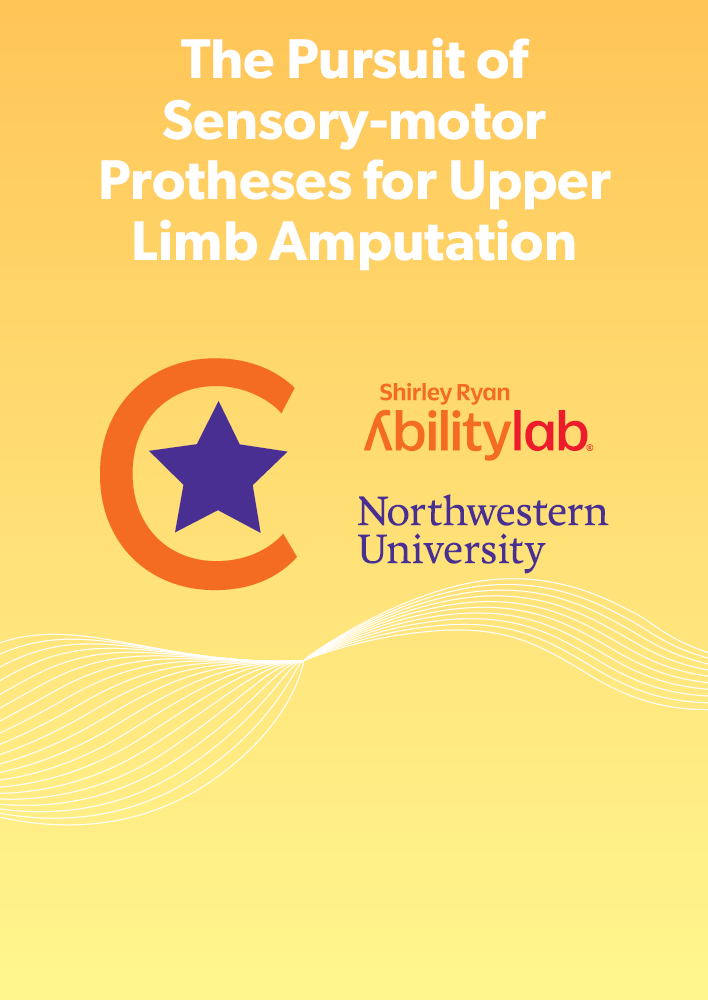
C-STAR Webinar: The Pursuit of Sensory-motor Protheses for Upper Limb Amputation
DESCRIPTION
Restoring function after upper limb amputation remains a goal for clinicians and researchers alike. Despite major advancements in surgical techniques, rehabilitation treatment, prosthetic control and device functionality, there is still a gap in restoring bidirectional bionic arms with appropriate and relevant sensory feedback. Specific quantitative assessments that can measure the impact of various sensory feedback approaches on the human-prosthesis system could help traverse this barrier.
In our work with participants with targeted reinnervation, we accessed restored neural pathways to elicit sensations of touch and kinesthesia along with intuitive prosthetic motor control. We assessed their functional system performance using scientifically based metrics to show that the fusion of touch, grip kinesthesia and intuitive motor control promotes more natural performance, including restored intrinsic visuomotor behavior. Our multi-perspective metrics framework enabled us to define the relative contributions of the sensory and motor modalities, and the effect on the
human-prosthesis system. Future work is enabled for new approaches that consider the integration of the prosthesis as part of the human motor control and feedback loop.
INSTRUCTOR
Jacqueline S. Hebert MD, FRCPC
AUDIENCE
Researchers interested in using technology to measure outcomes in a rehabilitation population
NO ACCREDITATION OFFERED